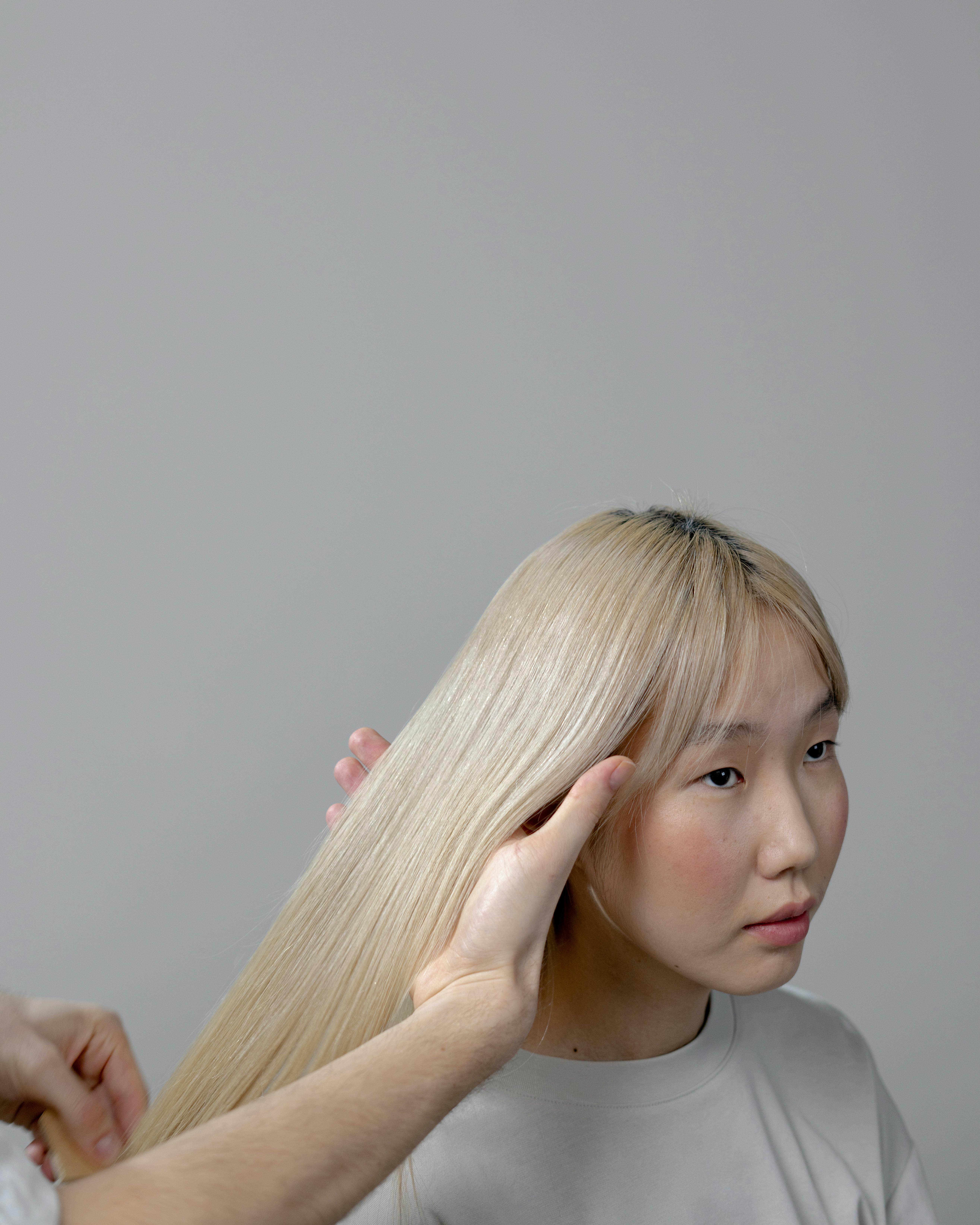Hair Transplants: Yesterday, Today, and Tomorrow
The history of hair transplants, an increasingly common and highly effective solution for hair loss, is not as modern as one might think. The first recorded attempts at hair transplantation date back to the 19th century. However, it wasn't until the mid-20th century that the procedure began to evolve into its current form. Dr. Norman Orentreich, a dermatologist from New York, is often credited as the father of modern hair transplantation. He performed the first successful hair transplant procedure in 1952, proving that donor hair from healthy areas of the scalp could survive and thrive in balding areas—a concept he termed "donor dominance."

The Evolution of Hair Transplant Techniques
Hair transplant techniques have come a long way since Dr. Orentreich’s pioneering work. The initial method, known as punch grafting, involved removing small round grafts of hair-bearing skin and placing them in holes made in the balding area. Punch grafting was a significant first step but resulted in a “pluggy” unnatural look.
In the 1980s and 1990s, the techniques evolved to use smaller grafts. The Mini/Micro grafting technique used smaller grafts containing 2-5 hairs, resulting in a more natural appearance. However, the most significant breakthrough came with the introduction of Follicular Unit Transplantation (FUT), which involved transplanting individual follicular units (natural groupings of 1-4 hairs), creating an even more natural-looking result.
The current gold standard in hair transplantation is Follicular Unit Extraction (FUE). Unlike FUT, which involves removing a strip of scalp and dissecting it into individual follicular units, FUE involves the direct extraction of individual follicular units from the scalp, leaving minimal scarring and resulting in a quicker recovery time.
The Societal Impact and Perception of Hair Transplants
Hair loss, a condition that affects millions of individuals worldwide, can severely impact self-esteem and emotional well-being. Hair transplants have emerged as a powerful solution, offering a permanent and natural-looking remedy. The perception of hair transplants has shifted significantly over the years. Initially viewed with skepticism, these procedures are now widely accepted and sought after, thanks to advancements in technology and technique.
Today, hair transplants are not only more common but also more socially acceptable. The rising number of public figures openly discussing their hair transplants has also contributed to reducing the stigma associated with the procedure, encouraging more individuals to consider it as a viable option for addressing hair loss.
The Future of Hair Transplants
The field of hair transplantation continues to evolve, with new techniques and technologies on the horizon. One promising area is the use of stem cells. Scientists are exploring the potential of using stem cells to create new hair follicles, which could revolutionize the field by allowing for more substantial hair density and the potential to grow hair where no follicles currently exist.
Robotic technology, such as the ARTAS system, is also emerging as a game-changer. These systems use advanced algorithms to identify and extract optimal hair follicles for transplantation, increasing the success rate and efficiency of the procedure.
Putting the Pieces Together
Hair transplants have come a long way from their initial beginnings. The evolution of techniques, combined with a broader societal acceptance, has made hair transplantation a mainstream solution for hair loss. As we look to the future, with advancements like stem cell research and robotic technology, hair transplants will continue to evolve, offering even more hope for those battling hair loss. The journey of hair transplantation is a testament to the power of innovation and the relentless pursuit of improving human life and well-being.



